The Grapevine Art & Soul Salon

Tracking History: Jonathan Knott, Host
Horses and History
Driving through Atlanta this past fall, I kept noticing billboards filled with the image of a beautiful white horse and the scripted word “Cavalia.” I told myself several times to Google the word when I got home, but I never got around to it until I saw a billboard that had a quotation at the bottom from Larry King calling Cavalia “the greatest show I have ever seen.” Now, whatever one may think of Larry King, there’s little doubt the man has seen a lot. So I investigated and found out Cavalia was described by The New York Times as “a fairy tale-like show from the imagination of a Cirque Du Soleil founder” and “a celebration of the unique emotional and physical bonds between humans and the animals.” Being a fan of both the Cirque Du Soleil and of horses, those were good enough reasons for me to make a definite plan to see the show.
Watching the artists and acrobats of the Cirque perform is exciting on its own, and so is seeing a field of horses at play (especially if you’re sitting front row center as I was); somehow the combination of the two exceeded all my expectations. It left me wishing to learn more about this magnificent animal and, in turn, more about the history that shaped us both. The show’s intention is to depict the evolution of the relationship between humans and horses, a subject that hasn’t been explored as much as I feel it should, and I would like to suggest something of that history here.
Nobody denies that the relationship between horse and human has been an important one. Still, it seems taken for granted by people who don’t own horses or work with them on a regular basis. Horses are so closely intertwined with human history that they go relatively unnoticed while dogs, for instance, get lots of attention. And yes, I know dogs are easier to keep in the house (and a lap horse would be a bit of a trial in the average living room, to say nothing of cleaning the litter box), but horses have played such an important role in human evolution they should be singled out and studied. On a side note, they ARE sometimes let in the house. Arabian horses are allowed to sleep in the tents with desert-dwelling Arabs, and are so valued that the birth of a foal is celebrated in status just behind the birth of a son…and ahead of the birth of a daughter.
When humans were still hunter-gatherers, horses (considerably smaller then) were hunted like many other animals for their meat and hide, which was used to make leather for clothes and tools (we know this from cave paintings as well as artifacts). It wasn’t until around 4000 BCE in Central Europe that horses were first domesticated. They continued to be used for slaughter, as they were too small to ride or to be useful in work. They were bred to become larger and larger, however. The Indo-Europeans are considered the first to begin using horses as working animals and as carriers of human riders.
While the horse often has been and still is used as a beast of burden, there are more suitable beasts that come to mind for carrying things and pulling plows. The ox, for instance, is as easily domesticated as a horse and much stronger. But the quickest way to think of the horse’s advantages is to do a little revisionist history. Try to imagine the chariot scenes in the films Spartacus or Ben Hur, then replace the horses with oxen. Doesn’t exactly ratchet up the intensity, does it? What if Shakespeare had written the line, “My kingdom for a Yak?” Or imagine Tennyson’s “Charge of the Light Brigade” using llamas. The bold knight rescuing the fair maiden on a reindeer, or perhaps a white-bearded gnu? No, it won’t do. No other animals have the combination of beauty and versatility that the horse possesses abundantly. It’s very clear in hindsight that the horse required a different destiny.
When Indo-Europeans introduced the horse to Greece and Troy around 2000 BCE, horse history as we know it began. In mastering the breeding of horses, humans shaped an animal that can be used for many purposes. It’s not surprising that one of the first and most consistently popular uses has been for war. Almost every major culture, from the aforementioned Indo-Europeans 4,000 years ago on through the middle of the 20th century, has had war horses. They’re still used on a small scale in most armies, but mainly for parade.
Horses were first used to pull supply wagons, then chariots, which were a major advancement in the technology of warfare. With the later invention of the saddle and stirrups came the use of mounted cavalry, replacing the chariot. As early as the 4th century BCE, Xenophon had written a treatise on cavalry tactics. When people associate horses with war, they are probably thinking mainly of cavalry (though horses were used for many other purposes as well).
The nomads of Central Asia dominated the steppes with light cavalry, using archers mounted on small, fast horses. The Chinese and feudal Japanese are known to have used light cavalry, and in the Middle East, Muslims used light cavalry extensively beginning in the 7th century CE. The Europeans developed heavy, armored cavalry in the Middle Ages, filling Western history with beloved images of knights in full armor jousting.
After the advent of gunpowder, when speed and maneuverability were once again required, heavy cavalry again gave way to light cavalry (though the larger breeds were still used for pulling cannons, caissons and supply wagons). Now horses were used for making charges in combat (few enactments are more rousing to watch). They were also important for reconnaissance and for carrying messages, always important in wartime. The first marathon involved a runner trying to deliver an important war message; he dropped dead upon delivering it, after running a distance that would hardly have made a horse break a sweat. A man on horseback carrying messages was also the idea behind the Pony Express, which was the beginning of the U.S. Postal service and, some would argue, a faster mode of delivery than what they use today.
During the American Civil War, the generally superior horsemanship of the Confederate army allowed them to perform some surprising feats that helped offset being vastly outnumbered. There are a number of stories involving Generals Quantrill, Mosby, Forrest and Morgan (who were sometimes able to keep literally thousands of enemy troops occupied with only a few dozen horsemen), but the most famous are probably those of J.E.B. Stuart going on horseback completely around entire Union armies to gather information and harass supply lines.
Cavalry continued to be used widely through WWI. At the beginning of WWII, the tragic end of cavalry as a necessary and useful part of warfare is the event in which Polish Lancers charged German tanks. Cavalry was finally replaced by mechanized infantry, and in the process, war lost a great deal of its romanticism.
Horses are NOT just tools, of course. They are living, breathing, wonderful animals that uniquely have lived through and borne the excitement and tragedy of war side by side with their human counterparts. They have done the great and awful things we’ve asked them to without complaint, and they literally have died in glory and defeat in untold numbers while elevating humans, both literally and metaphorically, to something greater than they would ever be on their own.
While downplaying the military role (though it is implied in the “Roman Riding” skit), the great theater spectacle that is Cavalia draws on this history of closeness between horses and humans to shape the set and create the choreography for its traveling big top performance that regaled Atlanta audiences totaling 125,000 with an extended run throughout the fall. Much like the Cirque du Soleil, Cavalia is expensive. However, it is so wonderful that it brought me back for a second show.
E-mail Jonathan: jknott@grapevineartandsoulsalon.com
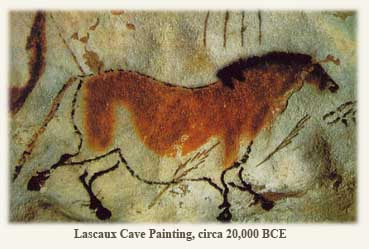
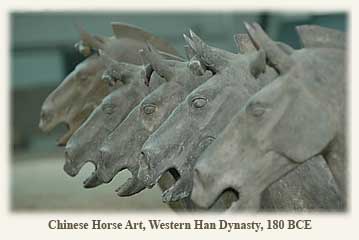
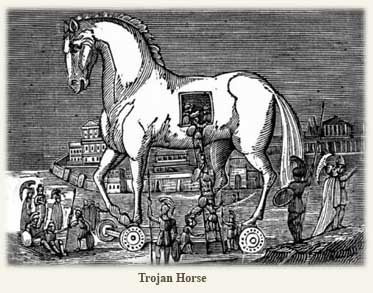
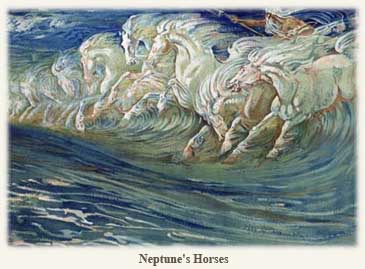
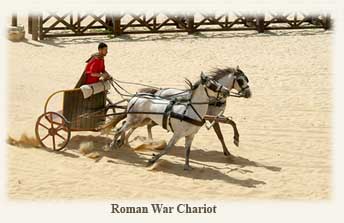
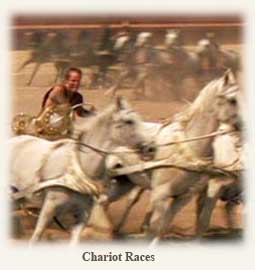
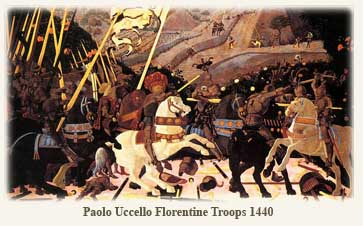
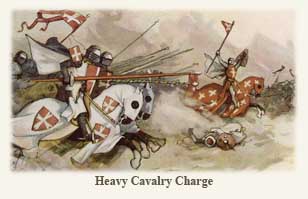
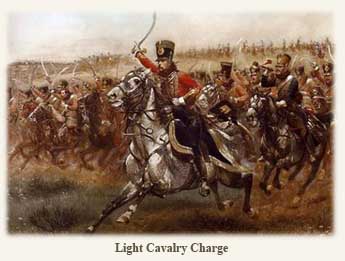
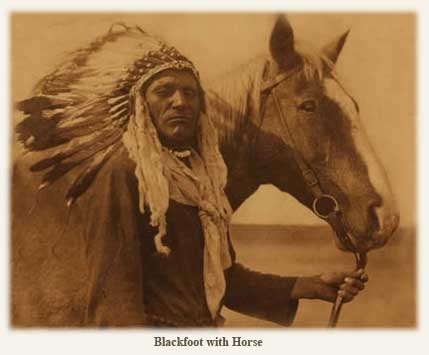
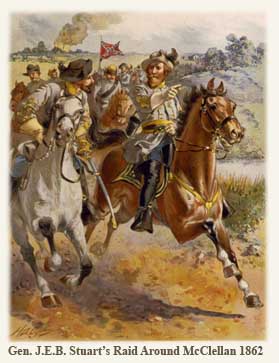
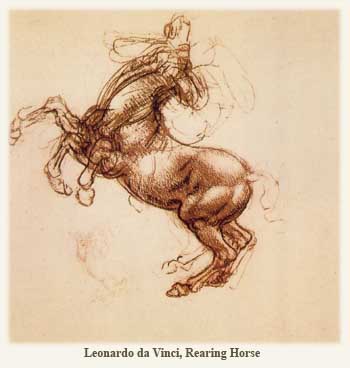
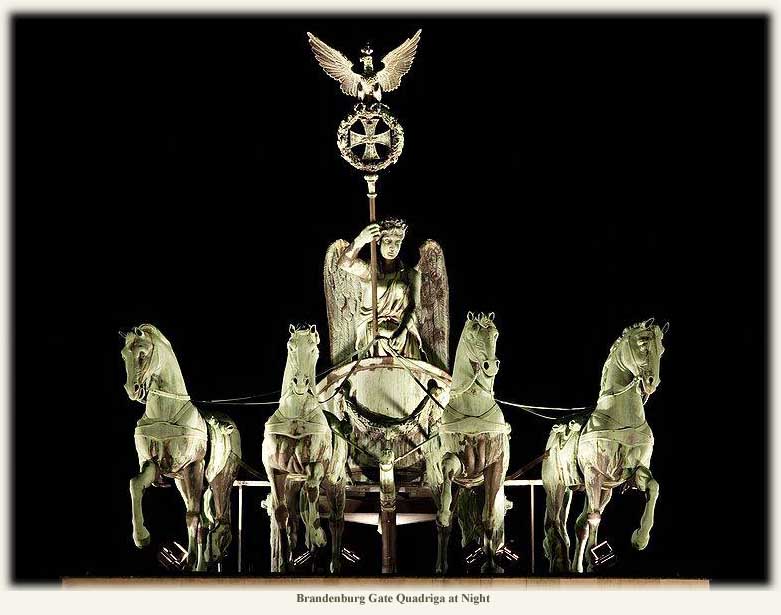
Contact the Webmaster